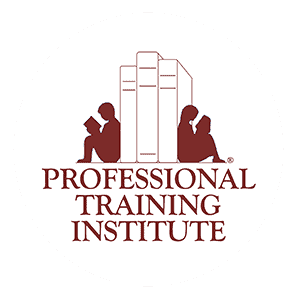
Given this age of information, we should have a distinct picture of what constitutes a diagnosis of dyslexia. Surprisingly, however, many misconceptions still persist about this condition. The following are some common myths and the truth behind them:
Myth:
You can tell a person is dyslexic because they see words backwards or in reverse.
Truth:
All young readers up to second grade can have persistent reversals when reading. Many children reverse their letters when learning to write, regardless of whether or not they have dyslexia. Reversing letters or words is not a sure sign of dyslexia. Moreover, a child can be highly dyslexic and not reverse letters. If the reversals persist past second grade, then an evaluation should be performed to see if there is a presence of a disability.
Myth:
Dyslexics are not intelligent.
Truth:
According to the International Dyslexia Association, dyslexics have average to above average intelligence, but are unable to read at a level commensurate with their intelligence level. Many gifted people at the top of their fields are dyslexic.
Myth:
Dyslexia only affects boys.
Truth:
Both males and females can be dyslexic. According to the Dyslexia Institutes of America, new research has shown that there are as many girls as boys with dyslexia. Boys are often easier to recognize in the classroom setting, as their referrals appear to reflect more rambunctious behavior. Girls tend to be more passive, and as a result are often overlooked.
Myth:
Since dyslexia is a visual problem, vision therapy and eye tracking exercises will cure the condition.
Truth:
Although a dyslexic may have visual motor integration deficiencies or visual tracking problems, dyslexia is not a condition that can be cured with visual processing training. Visual processing may be a portion of long term therapy for a dyslexic, along with other specific cognitive and phonetic skills that he or she lacks.
Myth:
Most children will outgrow dyslexia.
Truth:
Dyslexia is a medical condition that cannot be outgrown. Dyslexics can be taught many cognitive processing skills such as long and short term auditory or visual memory to help them manage their disability. Intervention does help remediate their ability to read, spell, and write.
Myth:
Dyslexics are lazy.
Truth:
Dyslexics are far from lazy. Their brains work five times harder than others doing the same task. This results in frustration and exhaustion, which can cause a student with dyslexia to give up on tasks before other children.
Myth:
People who are dyslexic are unable to read.
Truth:
Children and adults with dyslexia do learn to read. However, the problem is the effort they require to read. Typical readers of the same ability level early on become fluent readers so that reading is automatic, fast, and pleasurable. Dyslexics, however, remain “manual” readers who read slowly and with great effort.
What lies beneath the myths are the triumphs of those who have succeeded. One of the most important truths about dyslexia is that it does not have to limit an individual’s success. Young and old alike have overcome this condition to lead fruitful, impactful lives.
Resources:
International Dyslexia Association
Dyslexia Institutes of America










Jaydin Skinner says: